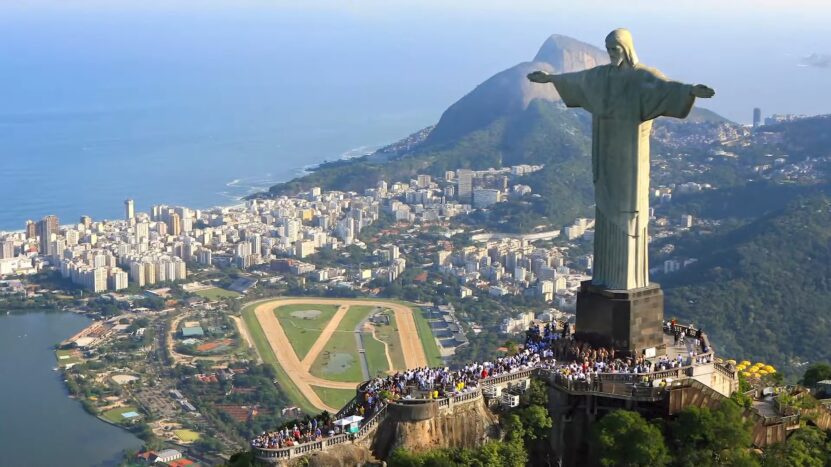Sitting atop Corcovado Mountain in Rio de Janeiro, Brazil, Christ the Redeemer is undoubtedly one of the most recognizable monuments in the world. But how much do you really know about this famous statue?
Here we’ve put together 10 facts about Christ the Redeemer that you might not have heard before.
History and Design of the Christ the Redeemer Statue
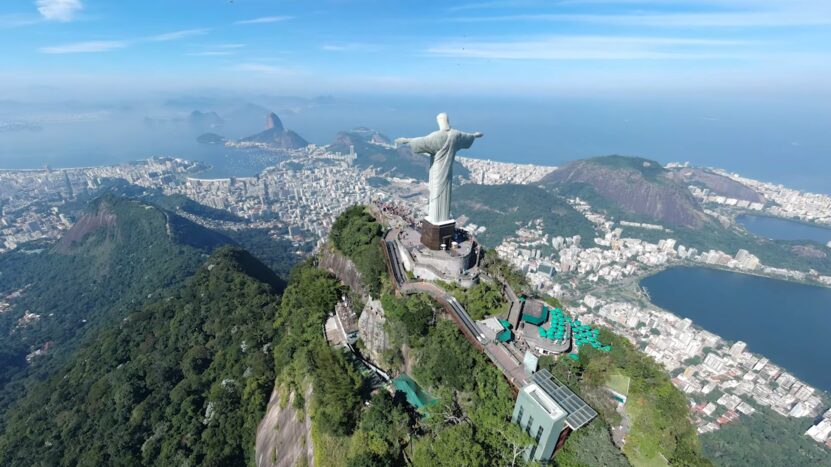
The Cristo Redentor, also known as the Christ the Redeemer statue, is an iconic landmark that represents Rio de Janeiro, Brazil, and attracts millions of tourists every year.
The statue is made of reinforced concrete and soapstone, and stands at 30 meters tall with an additional 2 meters pedestal, bringing the total height to 32 meters.
It was designed by French sculptor Paul Landowski and built by Brazilian engineer Heitor da Silva Costa.
The statue is located on the top of Corcovado Mountain in the Tijuca Forest National Park, providing breathtaking views of the city below. It is considered one of the largest art deco statues in the world and was inaugurated in 1931.
Funding and Construction
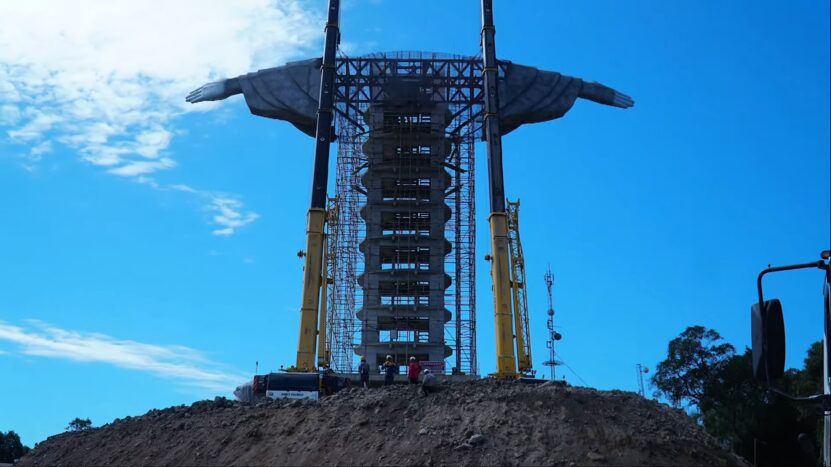
The construction of Christ the Redeemer statue was entirely funded by donations from the Catholic community of Brazil. In 1921, the archdiocese of Rio de Janeiro proposed the idea of building a statue of Jesus Christ on the Corcovado Mountain as a symbol of Brazilian Christianity. Donations began pouring in from across the country and beyond, with people giving whatever they could afford, from a few cents to thousands of dollars.
The construction of the statue took nine years and involved many challenges, including transporting the heavy materials up the steep mountain and dealing with harsh weather conditions.
The design and construction were carried out by French sculptor Paul Landowski and Brazilian engineer Heitor da Silva Costa, along with numerous other artists and workers.
The final cost of the statue was approximately $250,000, a significant amount of money at the time. However, the project was considered a success and became a symbol of Brazilian Catholicism and national pride. Today, the Christ the Redeemer statue is a popular tourist destination, attracting millions of visitors every year.
Design Options
The initial plans for the statue of Christ the Redeemer included three different options, each with its own unique design. The first design featured Christ holding a globe in his left hand, symbolizing his role as the savior of the world.
The second design depicted Christ holding a cross in his right hand, representing his sacrifice on the cross for the sins of humanity. Finally, the third design, which was ultimately chosen, showed Christ with open arms, symbolizing his message of peace and love for all people.
This design was created by the artist Carlos Oswald, who drew inspiration from the words of the Gospel of Matthew, “Come to me, all you who are weary and burdened, and I will give you rest.” The final design was embraced by the people of Brazil and has since become an iconic symbol of the country.
Designer
The official design of the Christ the Redeemer statue was created by the Brazilian engineer Heitor da Silva Costa, who won a national competition for the project. He enlisted the help of French sculptor Paul Landowski to bring his design to life. Landowski created a miniature plaster model of the statue, which was then enlarged to full size with the help of a team of Brazilian engineers.
To create the statue, the team used reinforced concrete covered with soapstone tiles. The tiles were sourced from Sweden, and the project required a total of approximately 6 million tiles. The statue’s head and hands were made of cast bronze and were added after the rest of the statue was completed. The process of creating the statue took nine years from start to finish, and the statue was finally unveiled in 1931.
The statue has become a symbol of Brazil and is one of the most recognizable landmarks in the world. It is a testament to the dedication and skill of the engineers and artists who worked tirelessly to create this magnificent monument.
Officially Presented To The Public

When the statue was completed, it was officially presented to the public by Brazilian president Getulio Vargas on October 12, 1931, which was the day of Our Lady of Aparecida, the patron saint of Brazil.
However, due to bad weather, the official inauguration was delayed until the following year, on October 12, 1932. The ceremony was attended by thousands of people, including government officials, religious leaders, and ordinary citizens.
Since then, the statue has become a symbol of Brazilian culture and a major tourist attraction, attracting millions of visitors every year.
Statue Anniversary
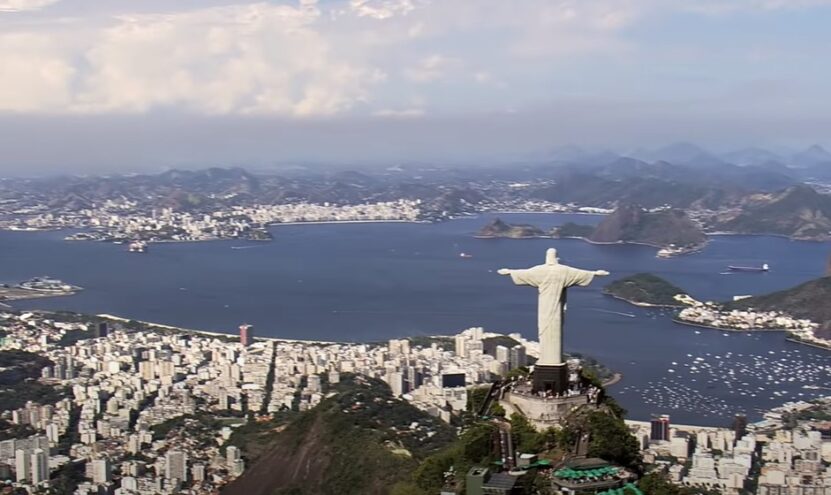
The 75th anniversary of the Christ the Redeemer statue was a major event in Rio de Janeiro, Brazil. The celebrations included a special mass conducted by the archbishop of Rio de Janeiro, Cardinal Eusebio Oscar Scheid. During the mass, the archbishop declared a small chapel at the foot of the statue as a holy place for religious ceremonies such as baptisms and weddings.
The anniversary was also marked by a series of cultural events, including musical performances, art exhibitions, and fireworks displays. The statue has become a symbol of Rio de Janeiro and is one of the most visited landmarks in the world. Its significance is not just religious, but cultural and historical as well.
The statue has been featured in countless films, TV shows, and other media, and is a source of inspiration for many people around the world. Its towering presence and open arms serve as a reminder of hope, faith, and love.
Size and dimensions of the statue
Christ the Redeemer Statue stands at an impressive height of 30 meters (98 feet) without the pedestal and an additional 8 meters (26 feet) with the pedestal, bringing its total height to 38 meters (125 feet).
The statue itself is made of reinforced concrete and soapstone and weighs 635 metric tons (625 long tons; 700 short tons).
The pedestal on which it stands is 8 meters (26 feet) high and is made of reinforced concrete. The statue’s arms stretch out 28 meters (92 feet) wide, making it an awe-inspiring sight to behold.
New Seven Wonders of the World
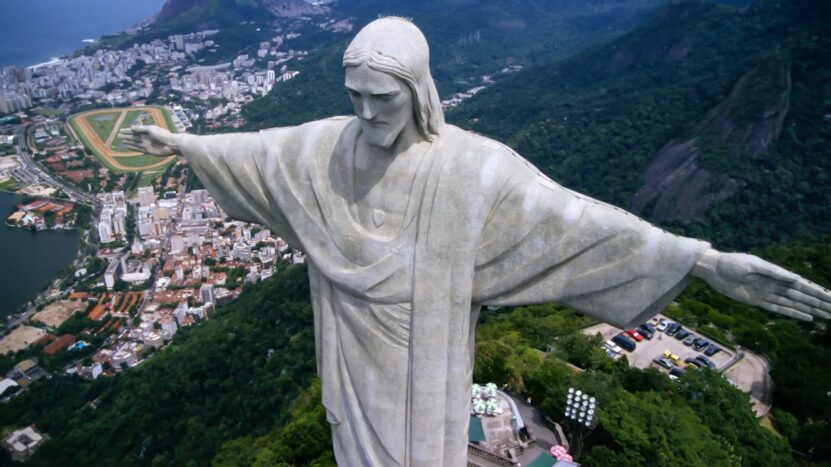
In 2007, the Christ the Redeemer statue was named one of the New Seven Wonders of the World, an initiative started by the Swiss-based New7Wonders Foundation. The campaign was a global competition to select the new Seven Wonders of the World from a list of 21 finalists.
Over 100 million votes were cast online and via telephone for the competition, and the Christ the Redeemer statue emerged as one of the top seven, alongside other iconic landmarks such as the Great Wall of China, the Taj Mahal, and Machu Picchu.
The statue’s inclusion in the New Seven Wonders of the World list helped to cement its place as a must-visit destination for tourists from all over the world. It has since become an iconic symbol not just of Brazil, but of South America and the Catholic faith.
Today, visitors from all over the world come to Rio de Janeiro to see the statue in person and to take in the breathtaking views of the city from the top of the Corcovado mountain. The statue has become a symbol of peace and unity, as well as a testament to human engineering and artistic creativity.
Accessing
The Christ the Redeemer statue stands atop Corcovado Mountain in Rio de Janeiro, Brazil, and is one of the most visited tourist attractions in the city. Visitors can reach the statue by climbing 220 steps, but there is also a more accessible option available.
Recently, a flight of escalators has been installed, allowing visitors who are older or weaker to reach the statue’s viewing area with ease. This makes the statue accessible to a wider range of visitors, providing an opportunity for everyone to enjoy the breathtaking view from the top
Best Time to Visit
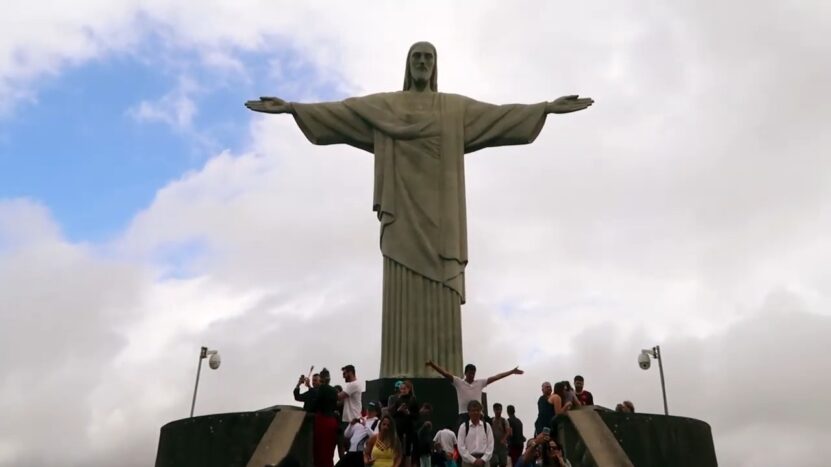
If you’re planning a visit to the iconic Christ the Redeemer statue in Rio de Janeiro, timing is key. Evening or nighttime visits offer the added bonus of stunning city lights, but be prepared for crowds during the busiest seasons of Easter and Christmas.
Discover the best time to visit and avoid the crowds to fully enjoy this impressive landmark
If you’re interested in visiting Christ the Redeemer statue and experiencing the beauty of Rio de Janeiro, consider exploring the great variety of Brazil vacation packages available.
These packages can be tailored to meet the needs and preferences of all visitors, whether you’re interested in sightseeing, cultural experiences, or simply relaxing on the beach. And for those who love music and dancing, attending Carnival in Rio de Janeiro is a must-see event.
So start planning your trip today and get ready to experience the vibrant culture and beauty of Brazil!
FAQs
Is Christ the Redeemer statue open to the public every day?
Yes, the statue is open to visitors every day, including weekends and holidays.
How long does it take to reach the statue from Rio de Janeiro?
It takes approximately 20-30 minutes by train and then a short climb or escalator ride to reach the viewing area.
Can visitors go inside the statue?
No, visitors are not allowed to go inside the statue, but they can explore the viewing area and the surrounding Tijuca Forest National Park.
Are there any guided tours available for the statue?
Yes, there are many guided tours available for the statue and the surrounding areas. Visitors can choose from a variety of tours that suit their interests and preferences.
Is there an entrance fee for the statue?
Yes, there is an entrance fee to access the viewing area of the statue. The fee includes the train ride to the top of Corcovado Mountain.
What is the meaning behind the Christ the Redeemer statue?
The Christ the Redeemer statue is a symbol of Christianity and peace. It is also a representation of Brazil’s cultural and religious identity. The statue’s open arms symbolize a welcoming gesture, and it is meant to be a place where people can come together in harmony.
How long did it take to build the Christ the Redeemer statue?
The construction of the Christ the Redeemer statue took nine years to complete. The planning and fundraising for the project began in 1921, and the statue was unveiled in 1931.
What materials were used to build the Christ the Redeemer statue?
The statue was built using reinforced concrete and soapstone. The concrete was used to create the internal structure of the statue, while the soapstone was used for the outer layer. The soapstone was chosen for its durability and resistance to erosion.
How does the Christ the Redeemer statue stay upright during strong winds?
The Christ the Redeemer statue is designed to withstand strong winds and extreme weather conditions. It is anchored to the rock on which it stands by a series of steel cables that are anchored deep into the mountain. These cables help to stabilize the statue and prevent it from toppling over.
Can visitors go inside the statue?
No, visitors are not allowed to go inside the Christ the Redeemer statue. However, they can access the viewing platform located at the statue’s base, which offers stunning panoramic views of Rio de Janeiro.
What is the significance of the location of the statue?
The location of the Christ the Redeemer statue on the Corcovado mountain was chosen for its height and visibility. The statue can be seen from almost anywhere in Rio de Janeiro, making it a symbol of the city. Additionally, the mountain and the surrounding Tijuca Forest National Park are important natural landmarks in the area.
Conclusion
Christ the Redeemer statue is a magnificent masterpiece of architecture and art that represents the faith, history, and culture of Brazil. It is one of the most visited tourist attractions in Rio de Janeiro and an iconic symbol of the city. Visitors can enjoy stunning views of the city and the surrounding landscape, while also learning about the history and significance of the statue.
Related articles:
- Top 10 Mayan Pyramids in Central America
- Top 13 Famous Landmarks in Argentina

